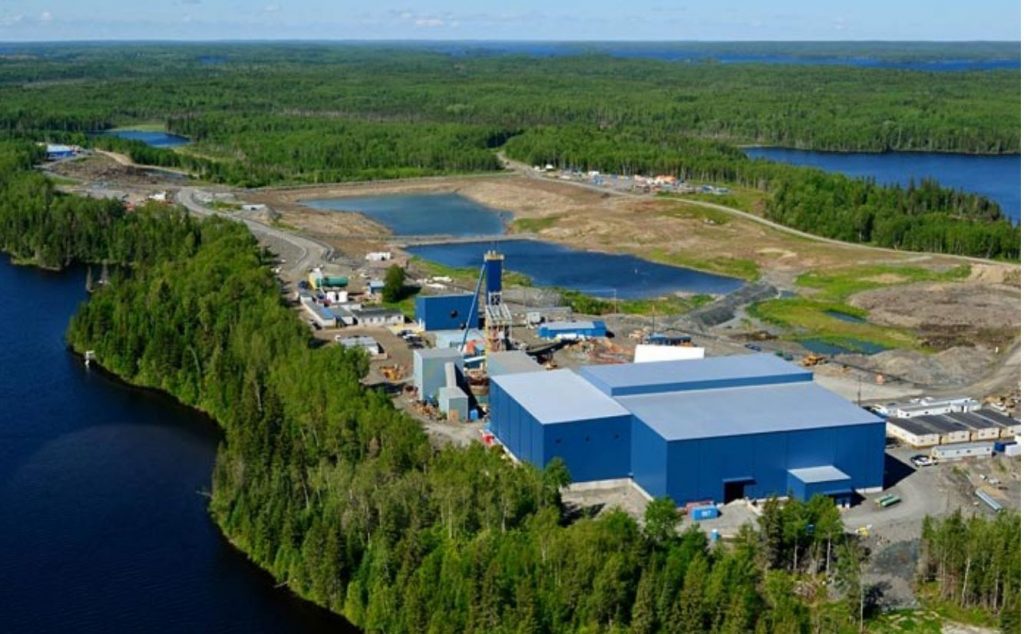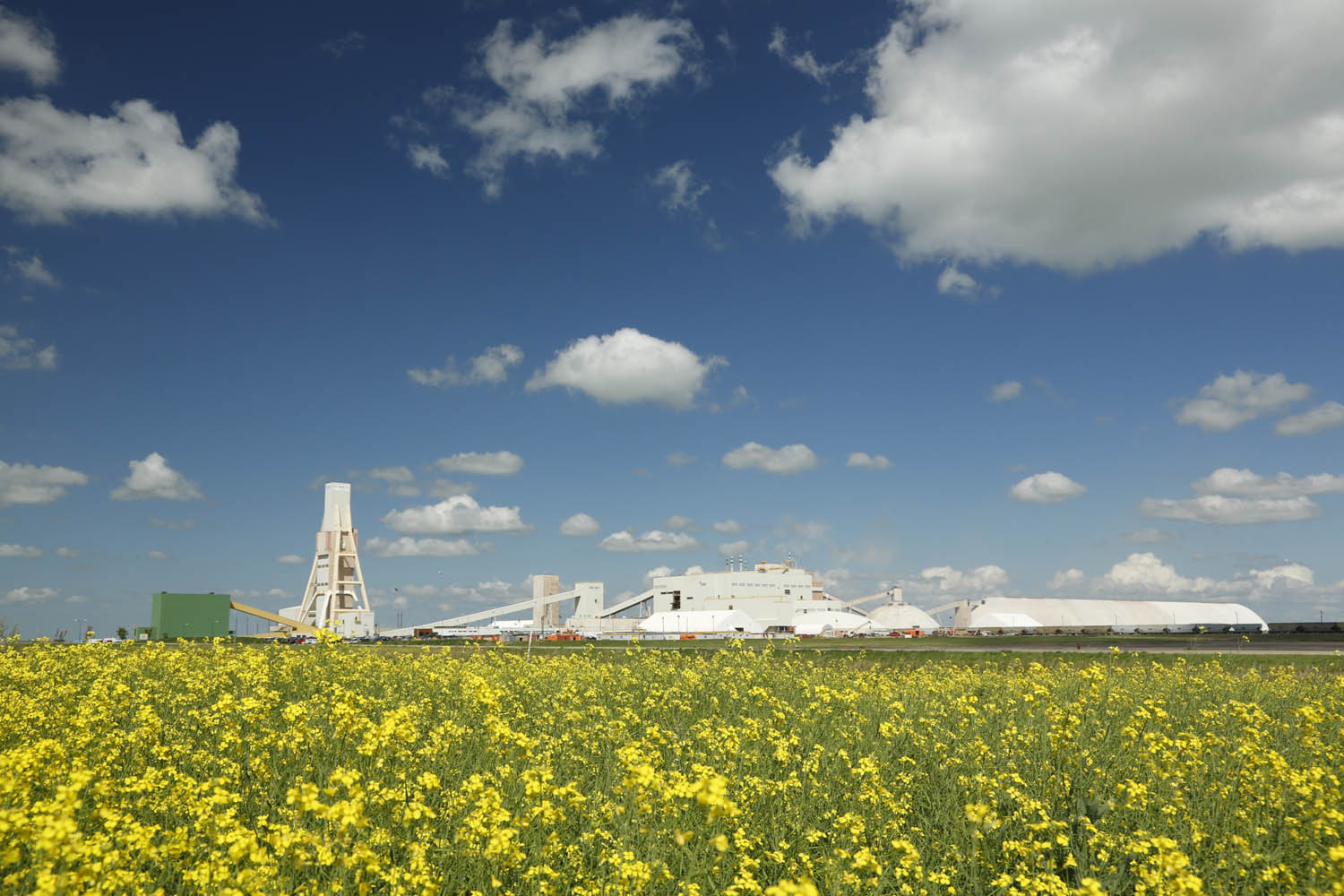[caption id="attachment_1003729376" align="aligncenter" width="550"]
 Rubicon Minerals' Phoenix gold project in Red Lake, Ont. Credit: Rubicon Minerals
Rubicon Minerals' Phoenix gold project in Red Lake, Ont. Credit: Rubicon Minerals[/caption]
ONTARIO -- Several years after Rubicon Minerals was forced to shut down trial mining at its Phoenix gold mine in Red Lake, Ont., when it realized its geological model was faulty, the company has released a new preliminary economic assessment (PEA), based on a better geological understanding of the deposit and more rigorous study.
The PEA, based on a March 2019 resource and completed by Rubicon’s new management, shows a project that will cost $101 million to put back into production that will produce 79,610 oz. gold per year over a mine life of 6 years. The preproduction, ramp-up and commissioning stage would take 20 months.
The study projects an after-tax internal rate of return of 40.2% and a net present value of $135.2 million based on US$1,325 per oz. gold and a 5% discount rate and a US$0.75 Canadian dollar.
After proceeding with building the mine based on a previous PEA, the previous management at Rubicon was forced to stop trial mining of the nuggety F2 deposit at Phoenix in 2015, when grades and tonnages recovered were much less than projected. The company said the deposit was more geologically complex than expected.
Since then, new management has proceeded with a more rigorous exploration of the project, including more closely spaced directional drilling, and a bulk sample last year that validated its new geological model.
"We believe that the new PEA has a lower margin of error and risk because the estimates we used were derived from five years of operating data at the project, including actual results achieved in our 2018 test trial mining and 35,000-tonne bulk sample processing program,” said Rubicon president and CEO George Ogilvie in a release.
“The new PEA reflects a purposeful focus on rigor and prudence as the foundation for the potential construction and operation of the project, following the prospective completion of a potentially positive feasibility study. We believe readers will view this new PEA as a well-designed, comprehensive plan put together under the direction of a management team and consultants with successful and extensive underground mine construction, operational, and turnaround experience."
Mining would be by mostly bulk mining methods (sub-level long hole, uppers, mass blasting raise mining) as well as some selective mining (cut and fill).
The project already has 14,000 metres of developed mine workings and related site infrastructure, as well as a mill that could handle up to 1,800 tonnes per day and a fully operational 730-metre shaft.
The company says that early cash flows, estimated at $28.8 million during the pre-commercial production period and the expected application of tax loss pools over the life of mine helped boost the project’s economics.
The PEA was based on a March 2019 measured and indicated resource of 2.9 million tonnes grading 6.26 g/t gold for 589,000 oz. and an inferred resource of 2.6 million tonnes grading 6.53 g/t gold for 540,000 oz.
Rubicon plans to release an updated resource estimate in the fourth quarter.
For more detail visit
www.RubiconMinerals.com.





Comments